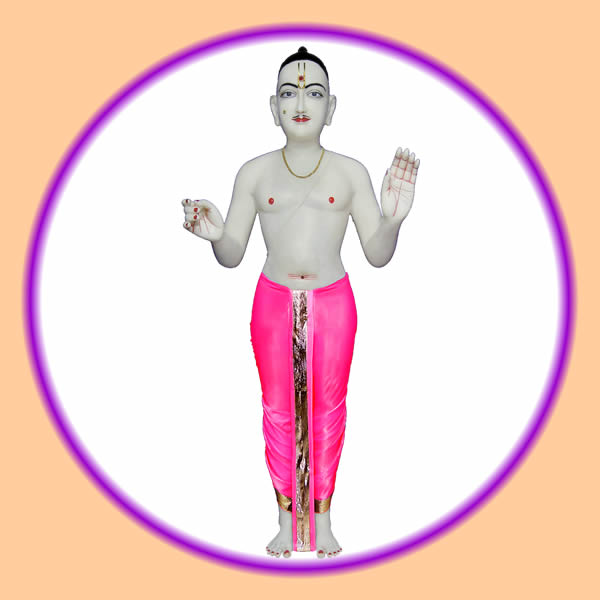
|
Satsang News:
|
Jay Swaminarayan! Shree Swaminarayan Sampraday's Website contains information about the original Swaminarayan Sampraday's authentic principles which satsangis should follow. The website lists Vadtal and Ahmedabad Gadi temples located in India and around the world, Swaminarayan Darshan, things of prasadi, MP3 kirtans and katha, useful information for a satsangi. Names of both gadis' Acharyas and their pictures are also located on this website. Shree Laxmi-Narayan Dev (Vadtal gadi) and Shree Nar-Narayan Dev (Ahmedabad gadi) are the ONLY TWO Gadis established by Lord Swaminarayan Himself. Lord Shree Swaminarayan manifested Himself at Chhapaiya, a small village, 20 kms. north of Ayodhya in U.P., on Monday, the ninth day of bright half or Chaitra of Samvat year 1837, 2nd April, 1781 at 10 Hrs. 10 Minutes at night.
It should
be noted that the "Original Swaminarayan Sampraday" consists of ONLY TWO
GADIS - Vadtal Gadi (Shree Laxmi-Narayan Dev gadi) and Ahmedabad Gadi
(Shree Nar-Narayan Dev gadi).
The name Swaminarayan, as some try to suggest, does not indicate two names
"Swami and Narayan." It is one whole full proper name of God Supreme.
It means one who is omnipresent (Sarva Vyapak). In all objects,
sentient (Chitt) including Aksharbrahmn, as well as non-sentient (Achit) ones are always pervaded by Him and are internally controlled
by Him. Swaminarayan means one who is omnipotent (Sarva Antaryami).
All objects, including Aksharbrahmn are subservient to Him. It means one
who is omniscient (Sarvajna Sarvatantra Sivatantra). All objects,
including Aksharbrahmn, derive power of thinking (Ichha Shakti),
power of knowledge (Jyan Shakti) and power of action (Kriya
Shakti) from Him. It means one who is (Ekmevadvitiya), one
without a second. This meaning is explained in detail in Vachanamrut (No.
64 of Gadhada Chapter I)
Original Swaminarayan Sampraday = Acharyas (Ahmedabad & Vadtal Gadi) + Sants (both gadi) + Murti (installed by Lord Swaminarayan or Acharya Maharajshri) + Shastra (Shikshapatri, Satsangi-Jivan, Vachanamrut)